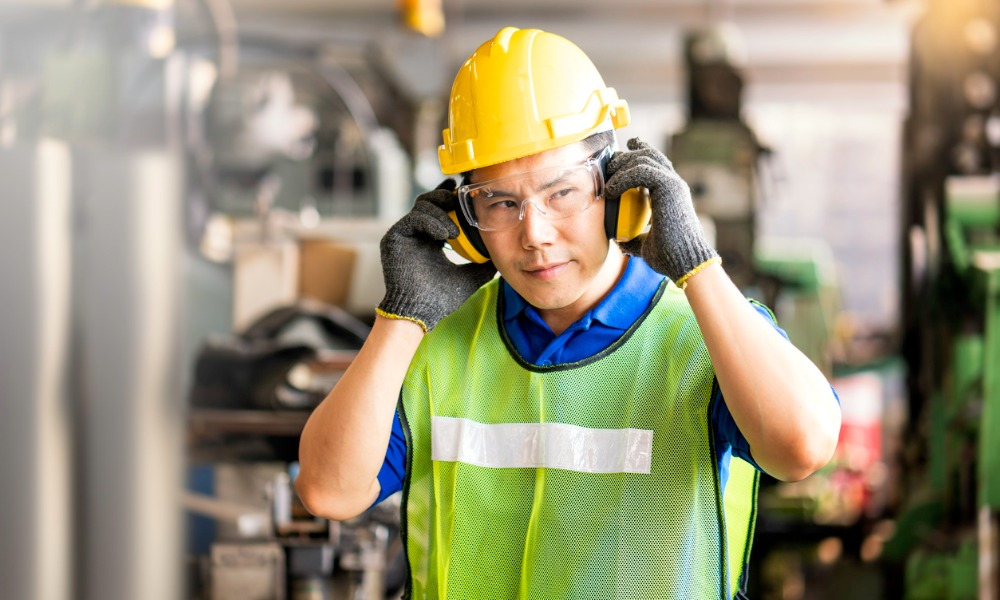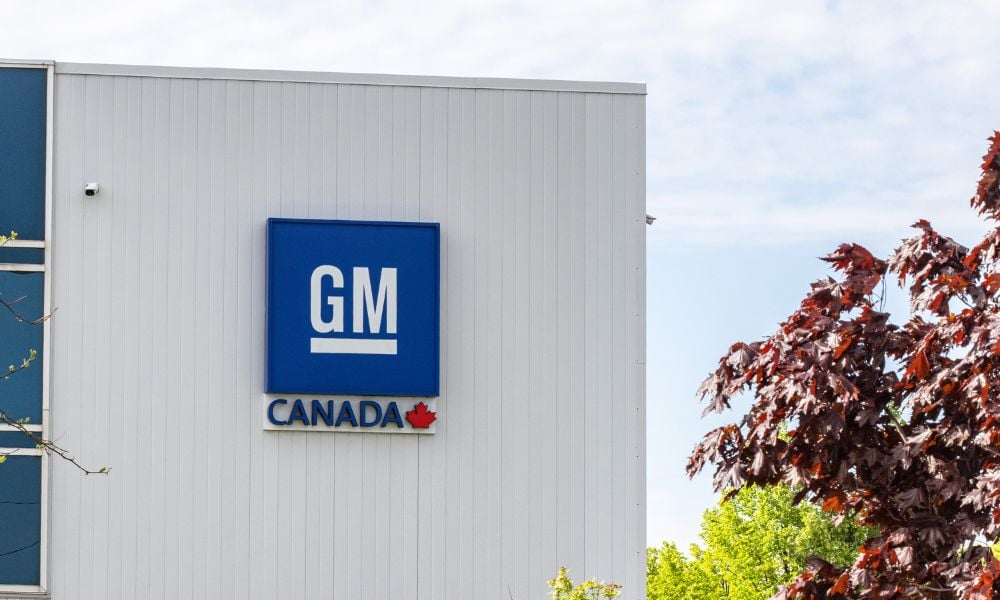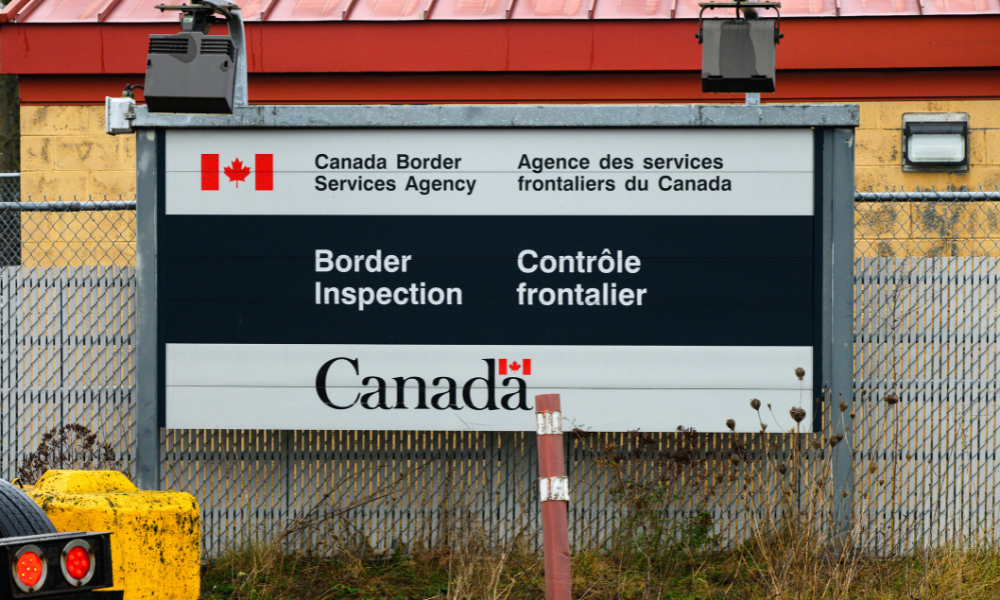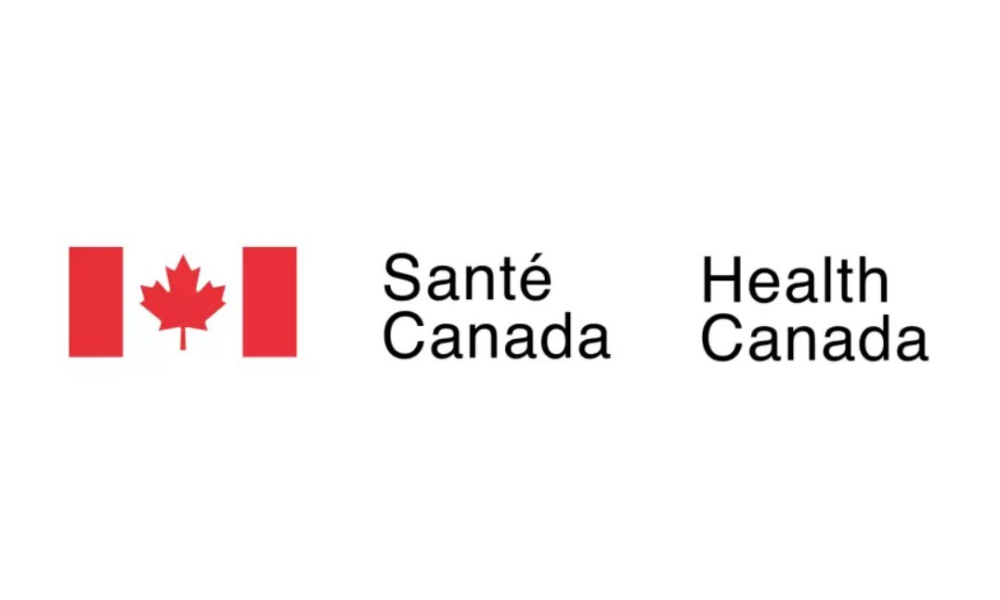Noise exposure is a hazard in a number of industries

Hearing protection is a must in most industries – especially in loud environments such as construction and manufacturing.
And young workers are especially at risk. 2016 data from WorkSafeBC shows a worrying trend of young construction workers omitting to wear hearing protection.
24 per cent reported not wearing hearing protection, compared to 13 per cent of workers over the age of 50 and 11 per cent of workers in all other age groups.
Construction is far from being the only industry concerned. Indeed, workers from a multitude of sectors such as forestry and hospitality are also at risk of hearing deterioration or hearing loss.
Another study from WorkSafeBC highlights the level of noise that workers in the service industry face, saying that regular exposure to noise levels above 85 decibels (dBA) can cause permanent hearing loss in unprotected workers, yet numerous studies have shown that pubs and nightclubs in Vancouver and Victoria regularly exceed that during a regular shift.
Worse – workers aren’t necessarily aware of the hazard:
“Noise is a serious and widespread problem in many workplaces, and this includes the service industry […] Our research has found that most service-sector workers and employers are not aware of the risk of hearing loss in their industry,” said Dan Strand, director of prevention services at WorkSafeBC.
Preventing hearing loss is a huge concern for workers and employers, and hearing protection is a must. But choosing the right kind of hearing protection can be difficult – here are some tips that could help.
1. Find out how much noise reduction you need
A blog post by the National Institute for Occupational Safety & Health (NIOSH) on the Centres for Disease Control and Prevention’s (CDC) website states that one of the first considerations in choosing hearing protection is knowing whether it will block out enough noise to reduce exposure to safer levels.
Most workers, they say, require no more than 10 dB of noise reduction to meet safe levels, and almost any properly fitted hearing protection can provide that level of protection.
2. Make sure you are comfortable
Wearers need to be careful to not reduce the level of noise too much, as too little sound can make workers feel isolated and be less aware of their surroundings. Indeed, workers need to be aware of noises on the worksite – such as instructions or warnings from supervisors or colleagues.
NIOSH says that you should aim to bring your noise exposure down to 75 – 85 dBA to be both protection from hazardous noise exposure but also be aware of their surroundings.
3. Consider the convenience
In an article for The Hearing Journal, Christi Themann says that when it comes to hearing protection, it is also important to consider comfort and convenience (“Choosing the Right Hearing Protector”, Volume 73 – Issue 4, April 2020).
Themann writes that once you have managed to narrow down your selection of appropriate hearing protections, making sure that they are compatible with the type of work that you will be doing, the choice is entirely subjective and depends on your comfort. As with most (if not all) PPE, protection only works if you wear it consistently and correctly – and workers will do that if their PPE is comfortable and doesn’t get in the way of their work.
4. Take note of your work situation
The Center for Audiology says that though hearing protection is effective in preventing unnecessary hearing damage and minimizing the risk of developing noise-induced hearing loss, wearers need to consider the environment that they are in to determine which type of hearing protection is suitable for them.
5. Check the factors of noise in your area
Further to the previous point, the Center for Audiology says that for example, it says that if you are going from a factory to a construction site, you will need to change what kind of hearing protection you are wearing because there is a difference not only in noise level but also what type of noise is being produced.
Employers may want to consult an audiologist to help assess their working environment and measure the noise level to help get the most accurate information which will help pick the best hearing protection for their workers.
6. Ensure that the hearing protection fits you
Hearing protectors should carry a Noise Reduction Rating (NRR) which will give the user an indication about the level of noise reduction they should expect. Furthermore, workers should make sure that they are fit-testing their gear to ensure that it is actually effective. NIOSH says if fit-testing is not available in the workplace, workers can check earplug fit for example by counting out loud while slowly cupping and uncapping hands over ears – if the fit is good, your voice should sound pretty much the same as you cup and uncup your ears.





